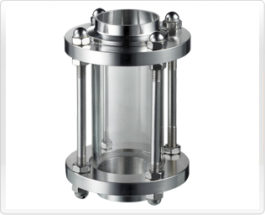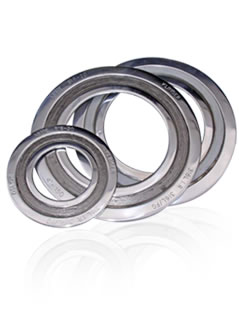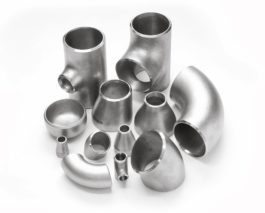Pipe fitting Materials
Pipe fitting Materials
by SRS Direct – A fitting is used in pipe systems to connect straight pipe or tubing sections. This will adapt to different sizes or shapes, and for other purposes, such as regulating (or measuring) fluid flow. “Plumbing” is generally used to describe the conveyance of water, gas, or liquid waste in domestic or commercial environments. “piping” is often used to describe the high-performance (high-pressure, high-flow, high-temperature or hazardous-material) conveyance of fluids in specialized applications.
Moreover, “Tubing” is sometimes used for lighter-weight piping, especially that is flexible enough to be supplied in coiled form.
In addition, the Fittings (especially uncommon types) require money, time, materials, and tools to install. It is also part of an important part of piping and plumbing systems. Valves are technically fittings but are usually discussed separately. Pipe fitting Materials
Type of Pipe fitting Materials By SRS
Sight Glasses
A sight glass or water gauge is a type of level sensor, a transparent tube through which the operator of a tank or boiler can observe the level of liquid contained within.
Flanges
To allow easy functionality and interchangeability, these are designed to have standardized dimensions. Common world standards include ASA/ANSI/ASME (USA), PN/DIN (European), BS10 (British/Australian), and JIS/KS (Japanese/Korean).
Gaskets
Industrial Gaskets are mechanical seals, usually ring-shaped, which seal flange joints. Gaskets vary by construction, materials, and features. Commonly used gaskets are non-metallic (ASME B 16.21). Also is spiral-wound (ASME B 16.20), and ring-joint (ASME B 16.20). Non-metallic gaskets are used with flat- or raised-face flanges.
Additionally, Spiral-wound gaskets are used with raised-face flanges, and ring-joint gaskets are used with ring-type joint (RTJ) flanges. Stress develops between an RTJ gasket and the flange groove when the gasket is bolted to a flange. This leads to plastic deformation of the gasket.
Static Mixer
A static mixer is a precision-engineered device for the continuous mixing of fluid materials. Normally the fluids to be mixed are liquid, but static mixers can also be used to mix gas streams. Also, it will disperse gas into liquid, or blend immiscible liquids. The energy needed for mixing comes from a loss in pressure as fluids flow through the static mixer.
In addition, One design of a static mixer is the plate-type mixer and another common device type consists of mixer elements contained in a cylindrical (tube) or squared housing. The industrial Mixer size can vary from about 6 mm to 6 meters in diameter.
Moreover, typical construction materials for static mixer components included stainless steel, polypropylene, Teflon, PVDF, PVC, CPVC, and polyacetal. The latest design involves static mixing elements made of glass-lined steel.
Stud Bolts with Nuts
A threaded rod, also known as a stud, is a relatively long rod that is threaded on both ends; the thread may extend along the complete length of the rod. They are designed to be used in tension. Threaded rod in bar stock form is often called all-thread. These are all pipe-fitting materials.
Finally, A nut is a type of fastener with a threaded hole. Nuts are almost always used in conjunction with a mating bolt to fasten multiple parts together. The two partners are kept together by a combination of their threads’ friction (with slight elastic deformation), a slight stretching of the bolt, and compression of the parts to be held together.
Showing all 9 results
-
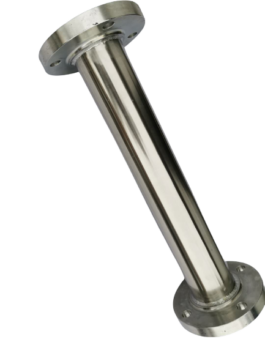
Static Mixers
$ 45.00 – $ 2,745.00Select options This product has multiple variants. The options may be chosen on the product page -
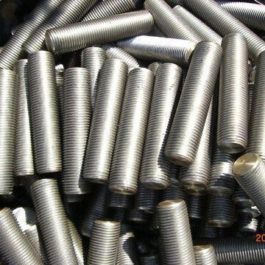
Stud Bolts with Nuts
$ 2.45 – $ 17.55Select options This product has multiple variants. The options may be chosen on the product page -
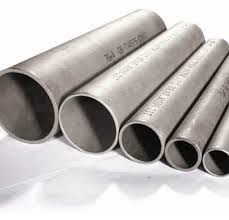
Piping Supplies
$ 59.00 – $ 1,100.00Select options This product has multiple variants. The options may be chosen on the product page -
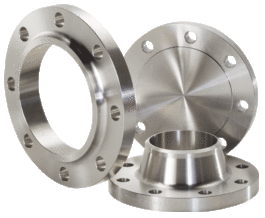
Flange Supplies
Read more -
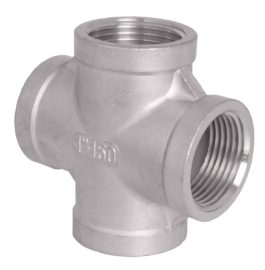
Cross Fitting
Read more -
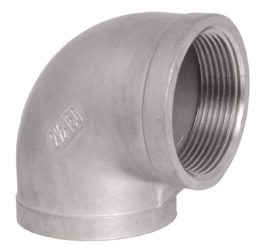
90-Degree Elbow Fitting
Read more -
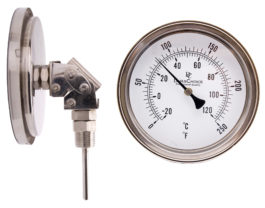
Industrial Analog Thermometers
Read more

